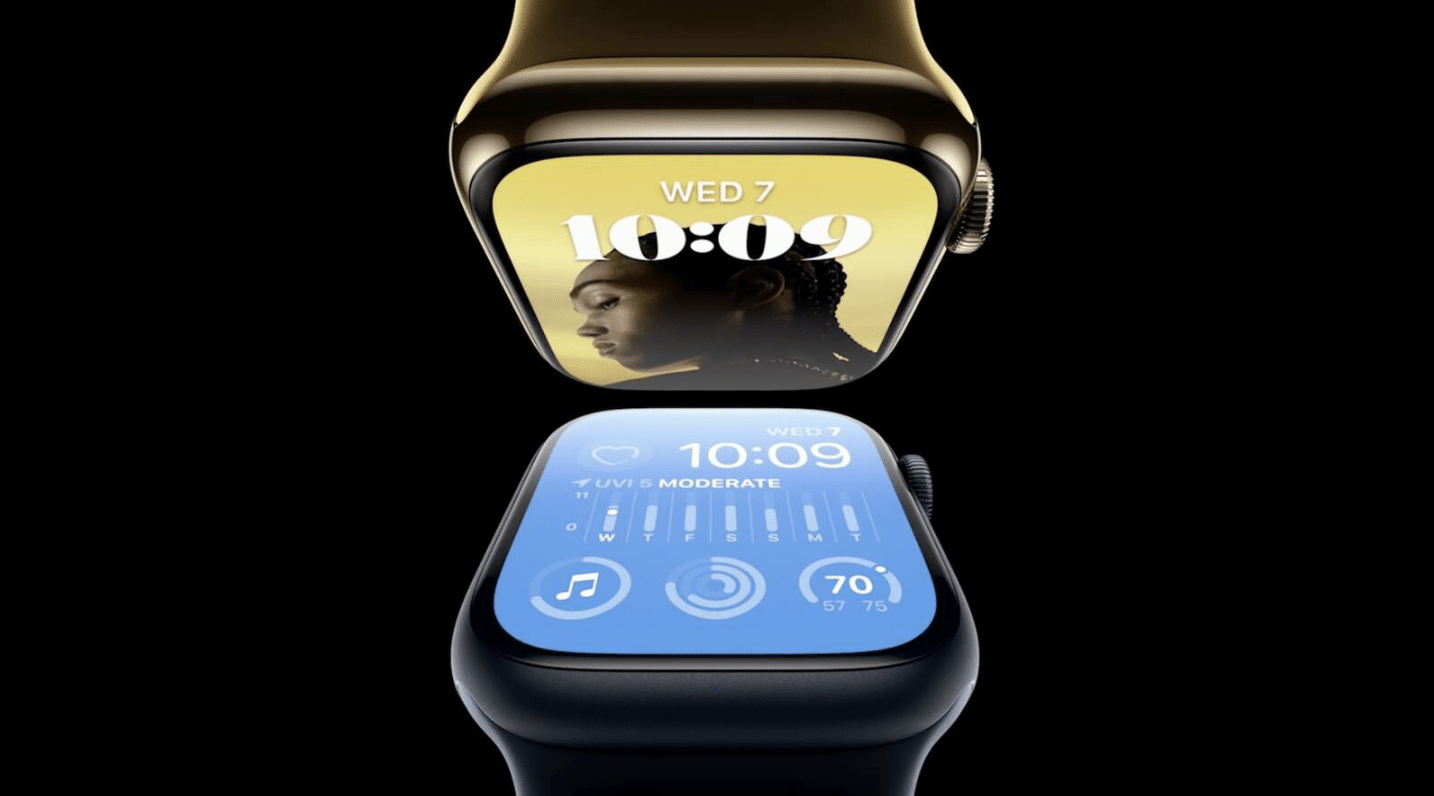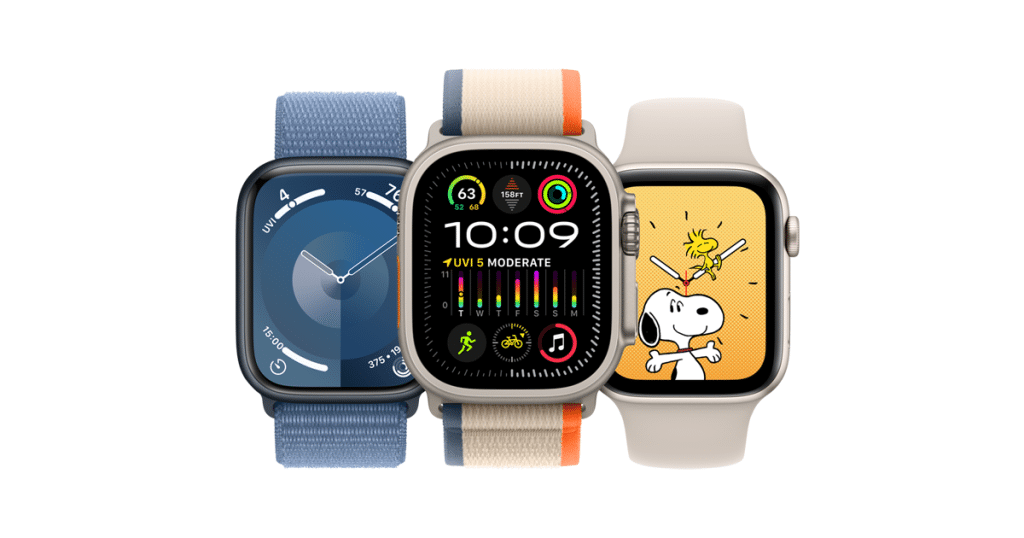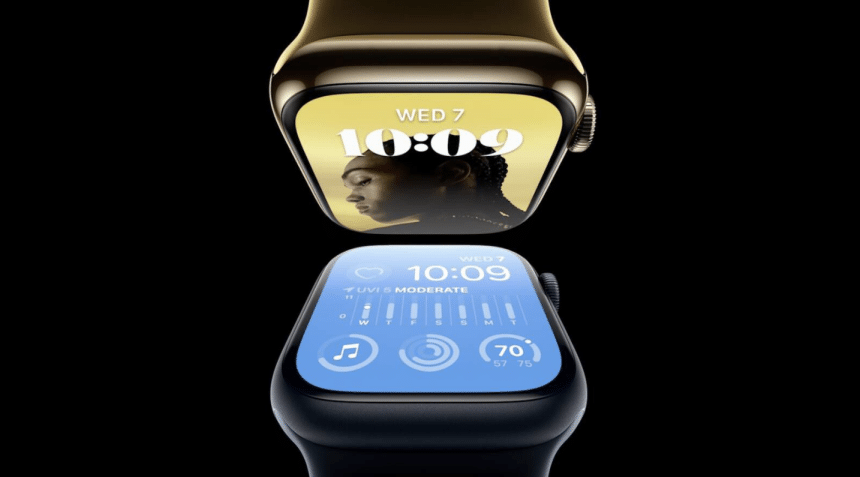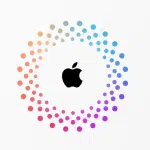Apple’s latest iteration of its iconic wearable, the Apple Watch Series 10, promises significant upgrades in both hardware and functionality. According to recent reports, this model will feature larger displays and a new processor, marking a notable advancement in Apple’s smartwatch lineup. However, the introduction of new health monitoring features faces several hurdles that may delay their implementation.
Enhanced Display and Design
The Apple Watch Series 10 is set to offer larger screens, a feature that has become increasingly important for users who rely on their smartwatches for more than just timekeeping. The new models will come in two casing sizes, internally codenamed “N217” and “N218,” with one of the sizes boasting a display comparable to the current Apple Watch Ultra. This enhancement is expected to improve the user experience, particularly for those using the watch for fitness tracking, notifications, and app interactions.

In terms of design, the Series 10 will maintain a similar aesthetic to its predecessors but will be notably thinner. This change aligns with Apple’s ongoing efforts to make its devices sleeker and more comfortable for daily wear. Despite the larger screens, the overall form factor will remain compact, ensuring that the watch remains lightweight and convenient for users.
Next-Generation Processing Power
The Series 10 will feature a new processor that succeeds the S9 chip used in previous models. This upgrade is anticipated to enhance the watch’s performance, enabling smoother operation and more efficient power usage.
While the new processor is expected to lay the groundwork for future AI enhancements, there are no immediate plans to incorporate full-fledged artificial intelligence capabilities into the Apple Watch. This decision suggests that Apple is focusing on incremental improvements in processing power and efficiency before making a significant leap in AI integration.
Health Monitoring Features: Ambitious but Delayed

One of the most anticipated aspects of the Apple Watch Series 10 is its health monitoring capabilities. Apple has been developing features to detect hypertension and sleep apnea, which were initially slated for release with this model. However, these features have encountered significant challenges that may postpone their availability.
Hypertension Detection
The hypertension detection feature, which aims to monitor blood pressure, has proven to be unreliable in testing. Apple has faced difficulties in ensuring consistent accuracy, a critical factor for a feature that could have significant implications for users’ health. Integrating this feature into the watch’s design has also posed challenges, potentially pushing its release to a future update.
Sleep Apnea Detection
Similarly, the sleep apnea detection feature has hit a roadblock. This functionality relies on measuring blood oxygen saturation, a capability that current Apple Watches in the United States cannot perform due to an ongoing legal dispute with medical device company Masimo.
While there is hope that this dispute may be resolved by September, allowing the feature to be included in the watch, Apple might also consider alternative approaches, such as announcing the feature but delaying its activation until legal hurdles are cleared.
Innovative Manufacturing Techniques

In addition to the hardware and software upgrades, Apple is exploring innovative manufacturing techniques for the Apple Watch. The company is reportedly testing 3D-printed casings for some models.
This approach could accelerate production processes, reduce material waste, and potentially lower manufacturing costs. If successful, 3D printing could represent a significant advancement in how Apple produces its wearables, further enhancing the efficiency and sustainability of its supply chain.
Anniversary Edition Speculations
As the Apple Watch nears its 10th anniversary, there is speculation about whether the Series 10 will be branded as a special anniversary edition. Given that the original Apple Watch was announced in 2014 and released in 2015, Apple might choose to highlight this milestone with a special edition model.
However, reports suggest that the company might wait until next year to officially celebrate the anniversary, allowing more time to refine and perfect the new features and designs.
Conclusion
The Apple Watch Series 10 represents a significant step forward in Apple’s wearable technology. With larger screens, a faster chip, and the potential for groundbreaking health monitoring features, this model is poised to enhance the user experience in meaningful ways. However, the challenges in implementing new health features highlight the complexities of integrating advanced medical technologies into consumer devices.
As Apple continues to innovate and refine its products, the Series 10 is set to be a notable addition to the Apple Watch family, even as users may need to wait a bit longer for some of its most ambitious features.












